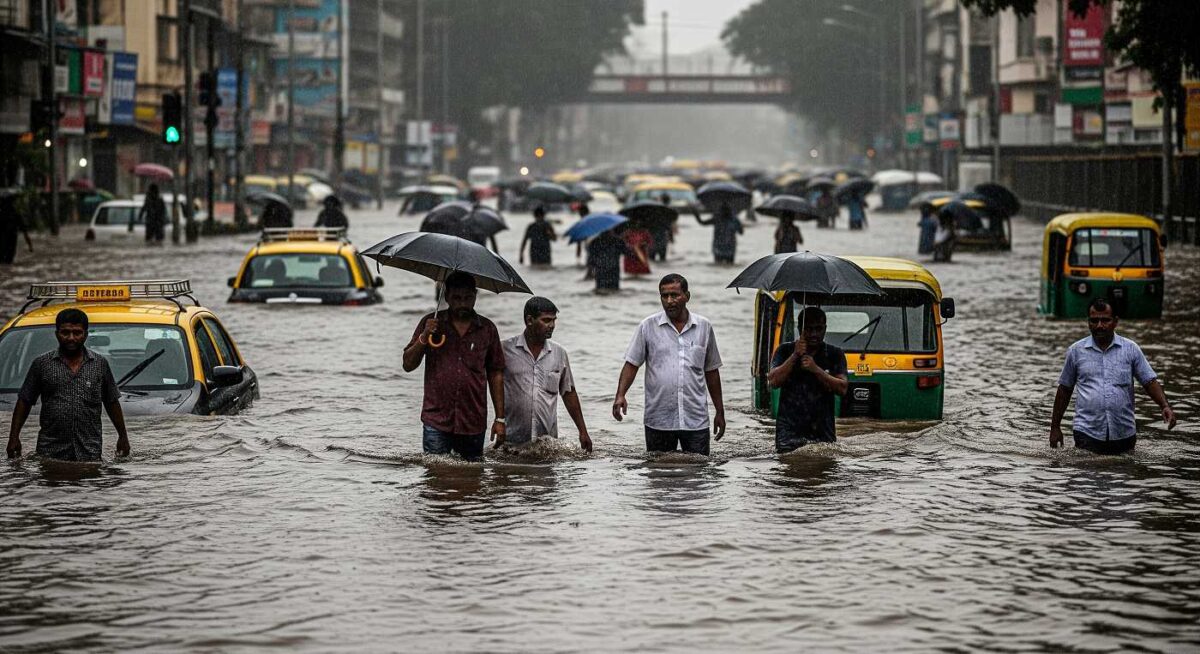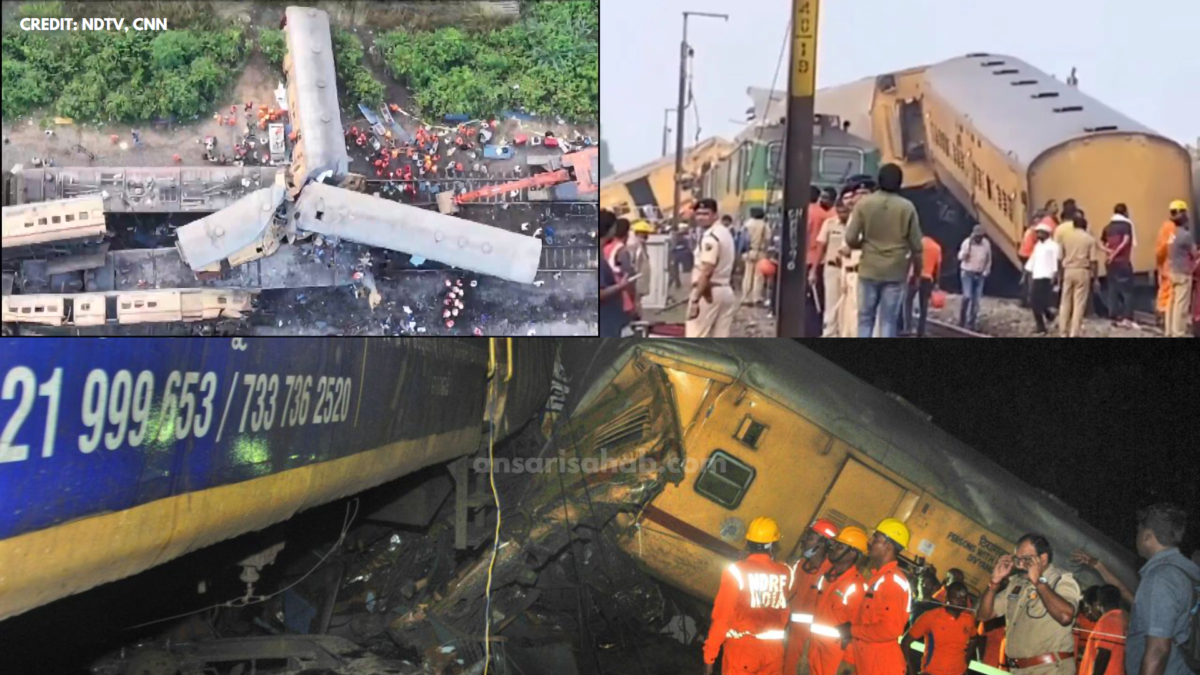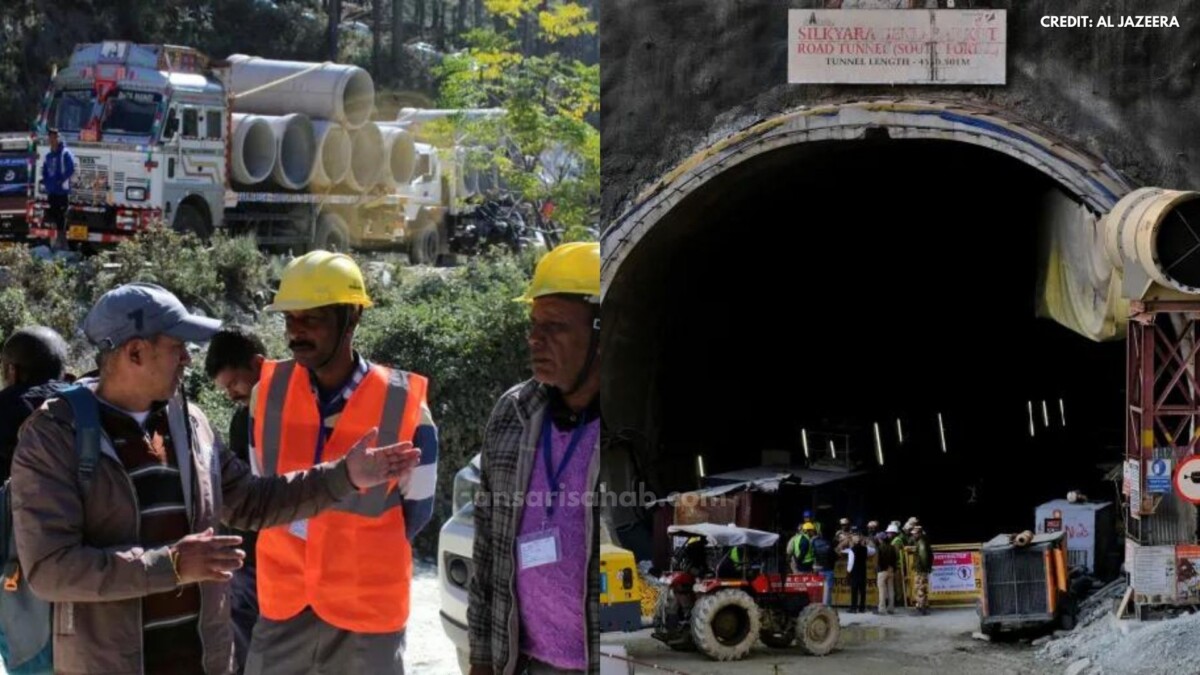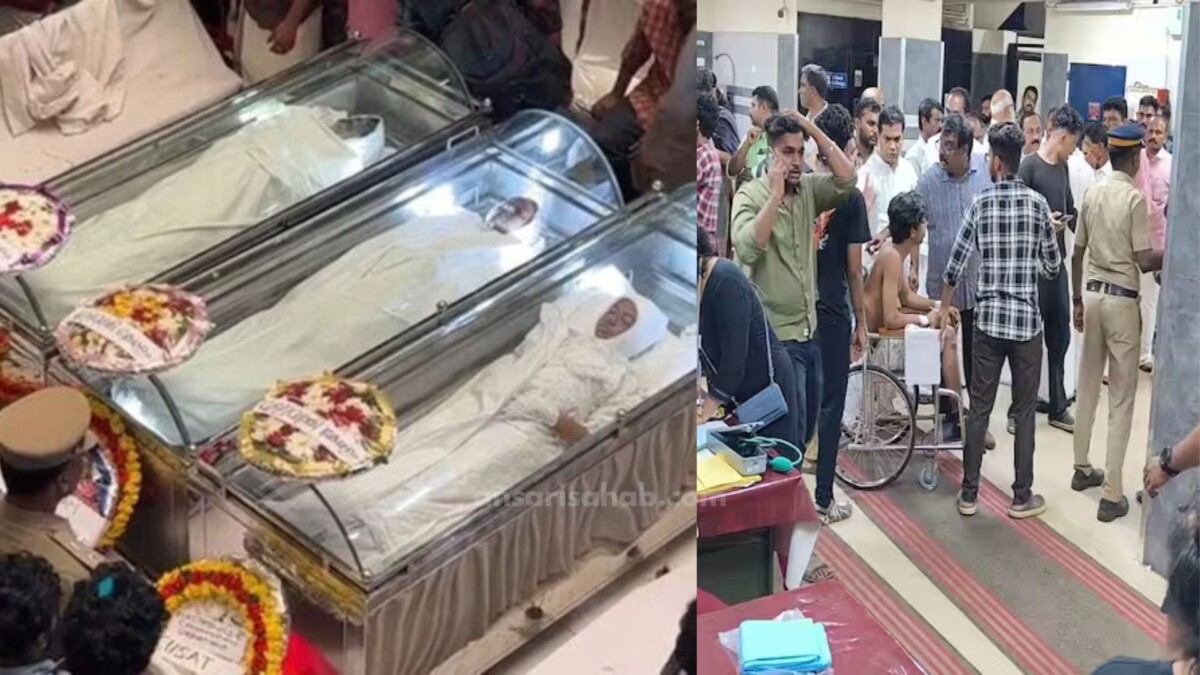In August 2025, Mumbai faced its most severe monsoon in decades. From August 16 to 19, the city recorded over 875 mm of rainfall, surpassing the average monthly total in just four days. The India Meteorological Department (IMD) issued a Red Alert for August 19, followed by an Orange Alert for August 20, signaling heavy to very heavy rainfall. The relentless downpour led to severe flooding, widespread infrastructure damage, and significant disruptions across the city.
Impact on Transportation of Mumbai Rains
Local Trains
Mumbai’s local train services, the lifeline for millions, were severely affected. Over 10 routes were canceled, and many others experienced significant delays. The Bandra Terminus-Kaman Road route was completely suspended due to waterlogging and track damage. Suburban services, including those in Thane, Mira Road, and Vasai-Virar, were also disrupted, stranding thousands of commuters.
Monorail and Metro
Monorail services were halted after a train broke down between Bhakti Park and Chembur stations, leaving approximately 582 passengers stranded. The disruption was caused by a power supply failure resulting from overcrowding.
Road Traffic
Major roads, including the Eastern and Western Express Highways, were submerged, leading to severe traffic jams and accidents. Areas like Dadar, Matunga, Andheri, Goregaon, Wadala, Chembur, Byculla, and Kalyan reported significant waterlogging.
Casualties and Rescue Operations
The heavy rains led to tragic losses. As of August 20, at least 21 people had died, and 10 others were injured due to rain-related incidents. Over 782 passengers were evacuated from stranded monorail trains, and hundreds were rescued from flooded areas in Nanded and Palghar.
Infrastructure Damage
Mithi River Overflow
The Mithi River breached its banks, leading to the evacuation of over 400 residents from low-lying areas like Krantinagar. The river’s swelling posed a significant threat to nearby infrastructure, including the Chhatrapati Shivaji Maharaj International Airport.
Reservoirs and Water Supply
Mumbai’s seven reservoirs, which supply drinking water to the city, reached near full capacity. While this improved the water supply outlook, it also raised concerns about dam safety and the potential for further flooding.
Public Response and Criticism
The unprecedented flooding sparked widespread public frustration. Residents took to social media, expressing outrage and drawing comparisons to the catastrophic 2005 deluge. A viral Reddit post titled “Mumbai Rains: ‘It feels like 2005′” reflected the collective anxiety and déjà vu felt by locals.
Outlook and Preparedness
The IMD forecasts continued heavy rainfall for the coming days, with the possibility of further disruptions. Authorities have urged residents to remain indoors and avoid non-essential travel. Emergency services, including the National Disaster Response Force (NDRF) and State Disaster Response Force (SDRF), are on high alert, conducting rescue and relief operations across the city.
Conclusion
The August 2025 rains have highlighted the urgent need for improved urban planning and flood management strategies in Mumbai. While the city has faced monsoon challenges before, the scale and intensity of this event have underscored vulnerabilities in infrastructure and preparedness. As the city grapples with the aftermath, the focus must shift towards long-term solutions to mitigate the impact of future monsoon seasons.









